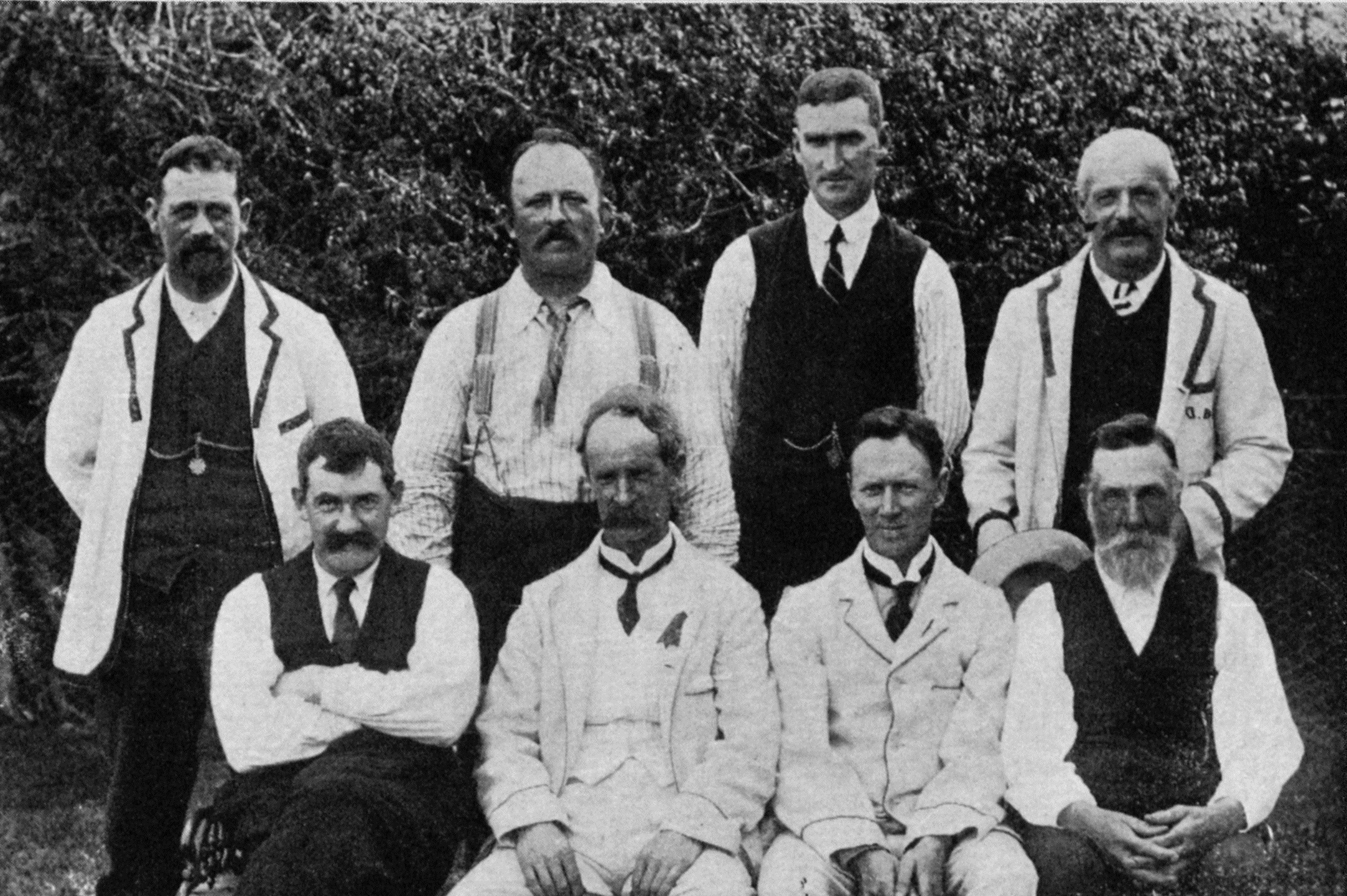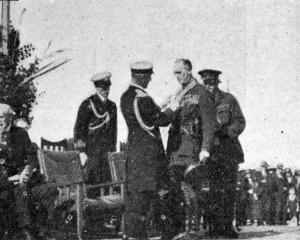
These patients are in a class quite distinct from those recovering from wounds, and their complete recovery can only be brought about by the simple life. City life, with its bustle and noise, is not a suitable environment for them. There are returned men suffering from mental strain, for example, who almost collapse when a motor cycle passes them, for the rapid sparking of this machine brings back to them memories of the death-dealing machine gun at the front. Obviously the place for such men is the country, where they can live in the open and engage in some recreative form of outdoor life, such as fruit-growing, pig-raising, poultry-keeping, and agricultural and pastoral pursuits generally. Realising this fact, Mr J. I. Fox, manager of the Wellington Returned Soldiers’ Clubhouse Society, recently communicated with the medical superintendents of the leading hospitals and representative farmers inviting their views on a proposal to establish farms in the different districts where neurasthenic returned men could be sent to be employed in the occupations indicated. He explained that his idea was to make the farms self-supporting owing to the amount of stock or produce that could be raised on them. Mr Fox has now received several interesting expressions of opinion, all of them favourable, although some of the writers realise the difficulties that will have to be overcome.
• Not since the eruption of Tarawera in 1886, when the famous pink and white terraces were destroyed, has the thermal region experienced such a disturbance as that which commenced early on Sunday morning, and which is still raging with only slightly less violence (says Wednesday’s New Zealand Herald). So tremendous has been the disturbance that the configuration and contour of the country in the vicinity of the old Waimangu crater, is changed to such an extent that it will now be hardly recognisable to many people who visited the region in times past. Old Waimangu itself, which was considered a giant geyser, fades into insignificance when compared with the tremendous activity which is now going on all over the well-known Frying-pan Flat, and also in an area that was outside the Flat itself. The whole of the Frying-pan Flat has disappeared. Numerous mounds, cones, and blow-holes have been formed, and to-day, the area of thermal activity is double the size of the former small valley, whose warm and steaming surface, though weird and uncanny, was regarded as safe to walk on in most parts.
• One of the first deer stalkers to return with the results of his trip to the Rakaia Gorge is Mr Geo. Sutherland (says the Christchurch Press), and he has secured one of the finest trophies that has been brought out from the herd there. It has no fewer than 24 points, which is a record for a red deer head for New Zealand. The previous record head for points was shot in the Wairarapa by Mr N. Grace, and it has 22 points. Mr Sutherland’s head is a remarkably fine trophy, having probably a wider spread than any other shot in the Rakaia Gorge, and the horn is heavy and well grown. The head has not yet been measured.— ODT, 16.4.1917.
• COPIES OF PICTURE AVAILABLE FROM ODT FRONT OFFICE, LOWER STUART ST, OR WWW.OTAGOIMAGES.CO.NZ












